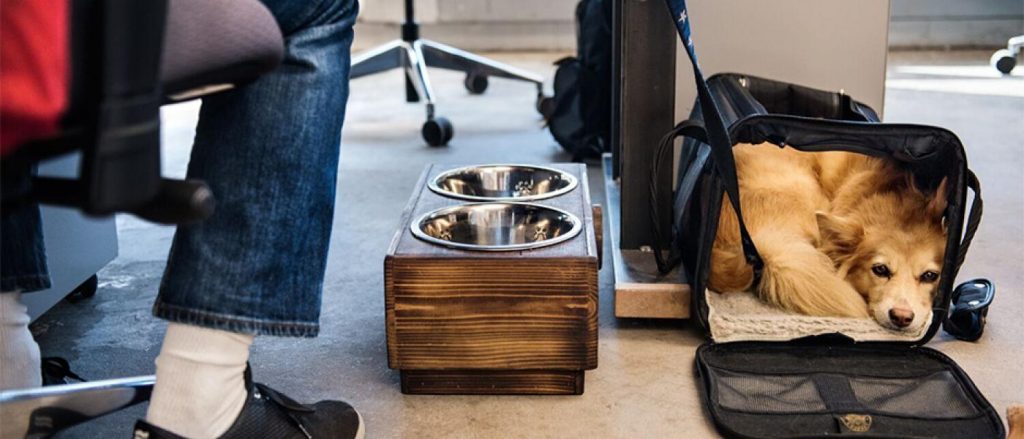
Take Your Cat to the Vet Day is only recognized one day a year in August, but routine wellness visits and checkups with your veterinarian are imperative for detecting disease early and ensuring your cat is healthy.
Unfortunately, cat parents do not bring in their pets for veterinarian checkups nearly as often as dog parents do for a variety of reasons, including stress on the cat, the independent personality of cats and the assumption that they are healthy. Cats rarely show obvious signs of sickness, making detecting illness in cats extremely challenging. Often times, people do not realize their beloved cat is sick or something is wrong until they are at the end stage of a disease and treatment options are limited.
So, today I would like to discuss why pet parents are reluctant to bring their cat to the vet, helpful tips for bringing your cat to the vet and most importantly, why routine wellness visits and checkups are so important.
Why is it so important to have your cat evaluated routinely for wellness visits with your veterinarian?
Pets cannot always show us when they are not feeling well, especially if they are feeling mild ailments. In addition, cats hide sickness and pain as a survival tactic, as they do not want to show signs of weakness. Far too often, cat owners will bring their cat into the veterinarian hospital for an evaluation when they are noticing that something is “off” or their cat is not acting like themselves. Many times, when a cat is acting “sick”, they are at the end stages of a disease and there are not many treatment options available. This reason more than any is why it is imperative to have your cat evaluated yearly with your veterinarian, and have full bloodwork performed.
Veterinarians and veterinarian technicians are trained to detect abnormalities on physical examination that pet owners may not see.In addition, bloodwork allows us to detect disease early (well before your cat may be showing signs of sickness) and is crucial in treating and maintaining a long life for your cat.
Why do pet parents not bring their cats into the veterinary hospital for routine checkups?
More than half the domesticated cats in our country have not been evaluated in the past year by a veterinarian.
This statistic is startling and needs to be addressed. The most common reason why pet parents are not bringing their cats into the veterinarian is stress. Trips to the vet bring on stress for the cat, and stress for the parents in trying to catch and place their cat in a carrier, and transport them safely to the animal hospital. Cats do not like change, and can become very upset when forced to leave their home.
In addition to the high stress nature of cats, their independent nature tends to keep pet parents away from the vet hospital. Unlike dogs, cats do not demand the attention or require as much work. They can come across to us as not needing attention or care. Do not let this personality trait fool you. Independence should not equate to less attention or lack of wellness visits.
My top tips on making your trip to the veterinarian less stressful for your cat:
- At home visits: Some vet hospitals will offer mobile services and come to your home to evaluate your cat. Inquire with your veterinarian. Removing the stress of transport can significantly improve your cats state of being for veterinary visits.
- Keep the carrier away: Cats are very smart and know when the carrier comes out, they are leaving their home. They will find a great hiding spot and stay there all day to avoid the carrier. I always recommend keeping the carrier away until you are ready to go to the veterinary hospital.
- Mild sedatives: Inquire with your veterinarian whether your cat is a candidate for a sedative. Many times, these medications may take the edge off and relieve some stress.
- Enclosed carrier: Never assume your cat will do better without being in a carrier. When cats get scared, from a barking dog, or a new place, they tend to run away to hide. Often times the choice of a hiding spot is outside in a parking lot. Always bring your cat to the veterinary hospital in an enclosed carrier for their safety and yours.

- Immediate examination room: Inquire with your veterinarian whether they can bring your cat into an exam room when you arrive at the animal hospital. A loud waiting room can cause undue stress and anxiety for your cat.
I hope this article inspires you to have your cat evaluated by your veterinarian. These cute little adorable guys rely on us to provide them with the best and most healthy lives they can have. The long-term health benefits for your cat far outweigh a day of stress and anxiety. As I always tell my pet parents, they may not think you are helping them, but you are providing them the best and longest lives you can. A moment of stress is worth a long life of health and wellness. As always, your pet’s health and wellness are my top priorities!






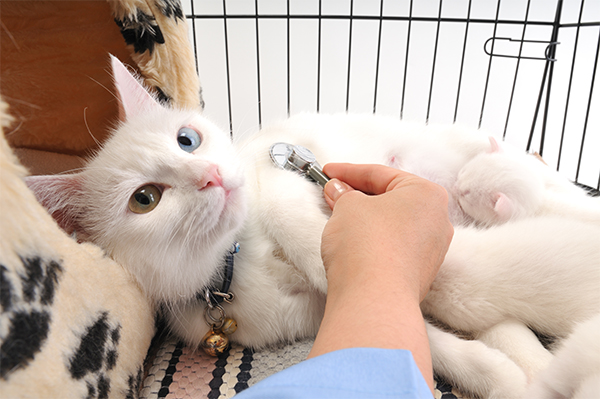
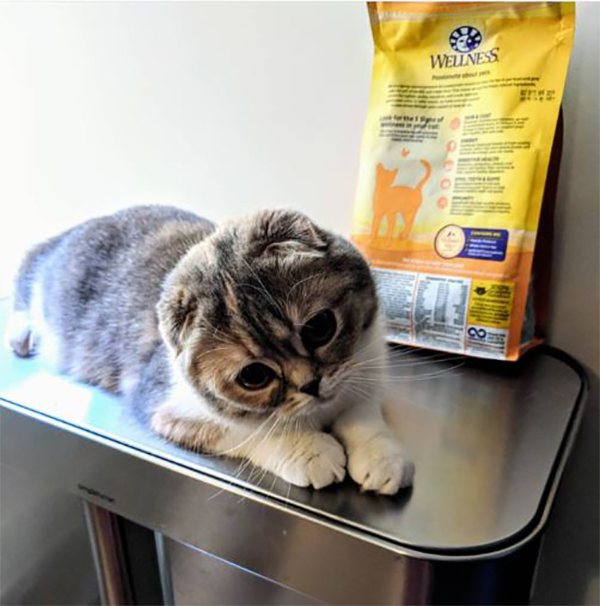
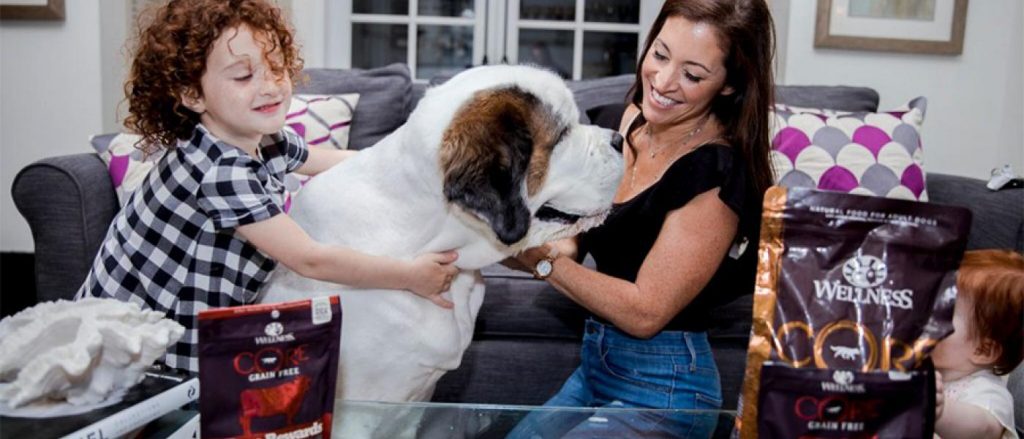

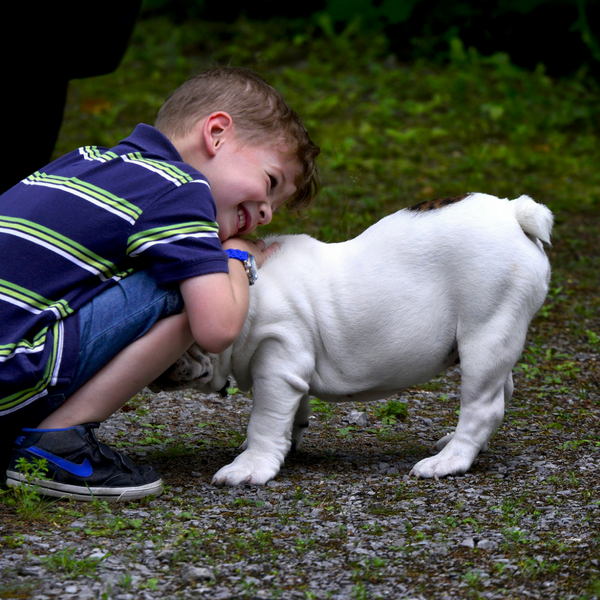
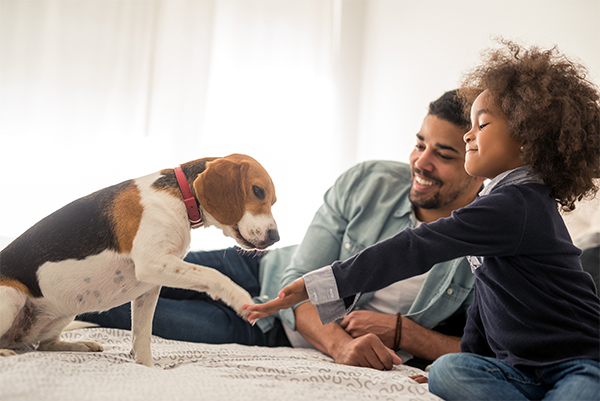


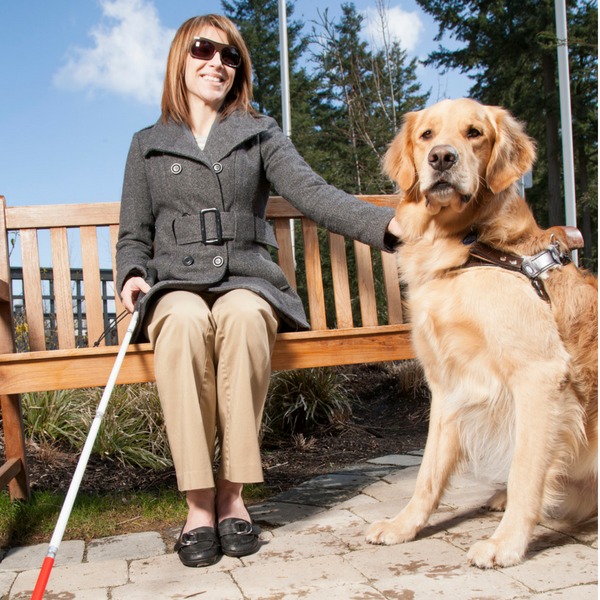
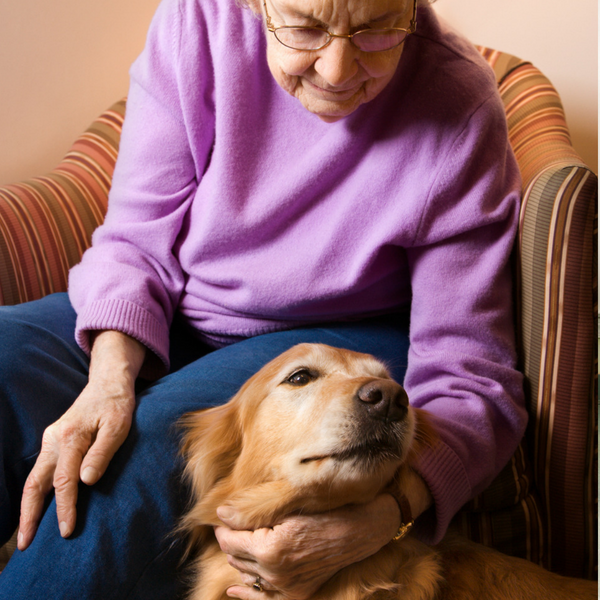
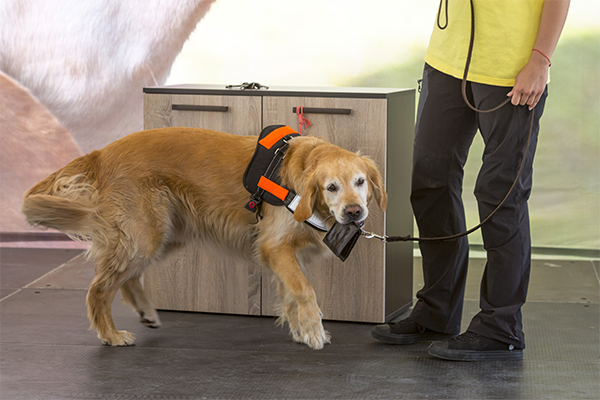
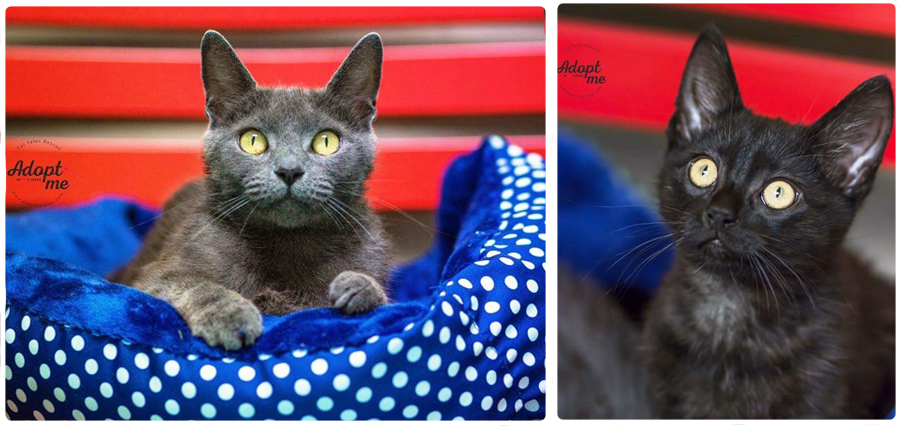

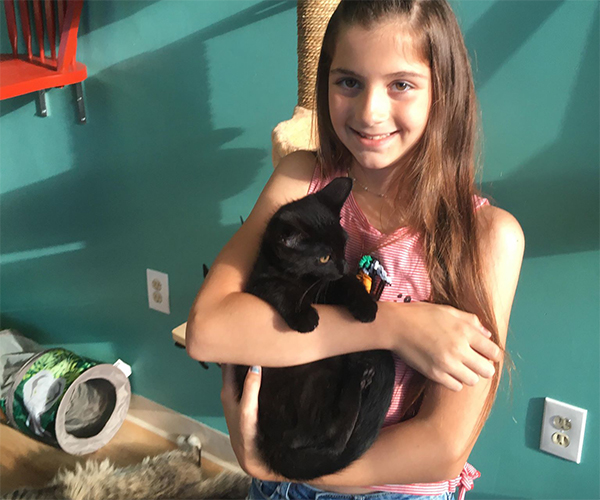
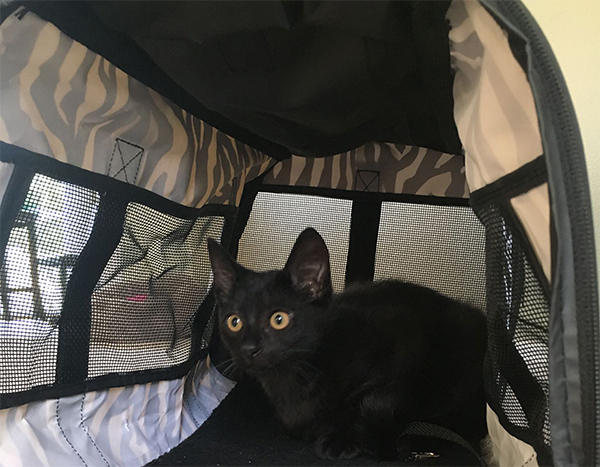

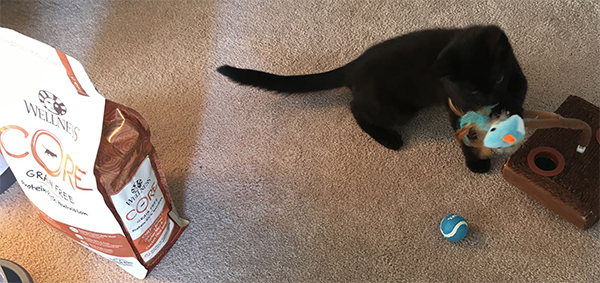
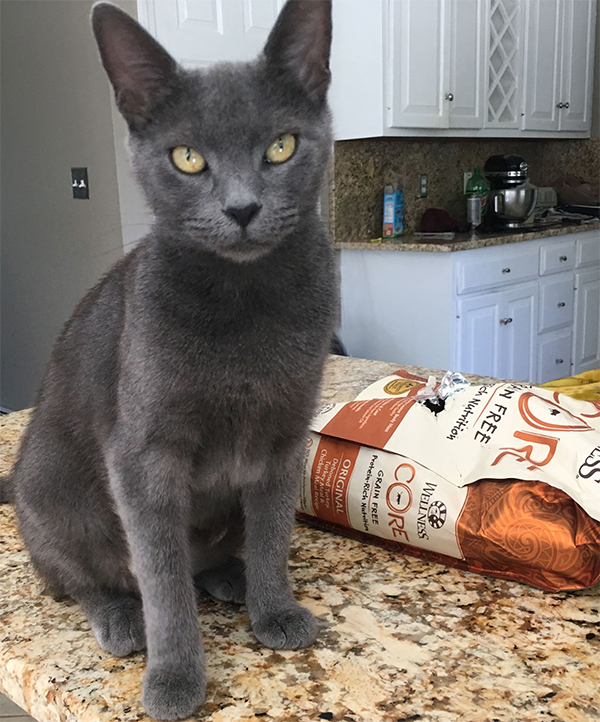
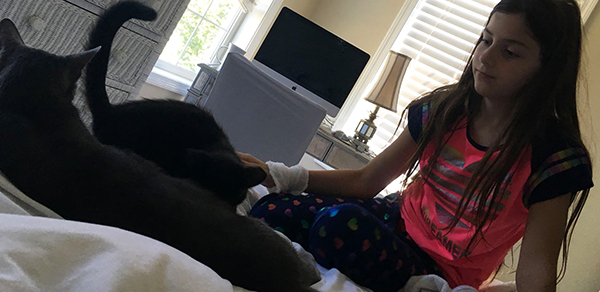
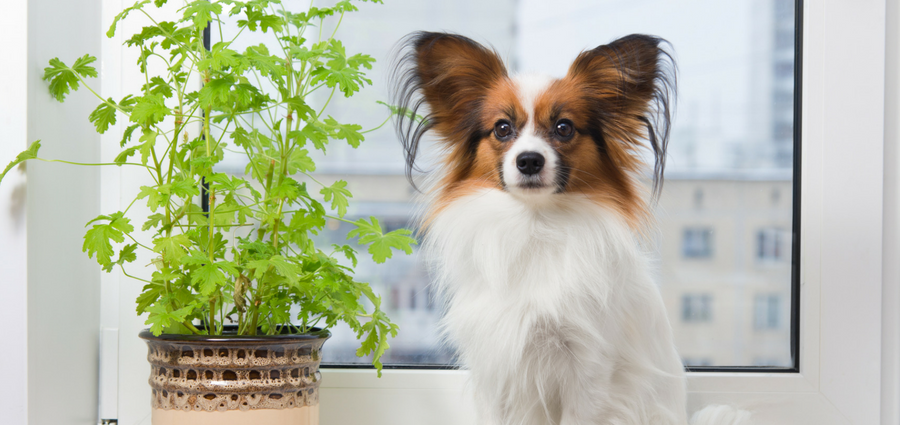

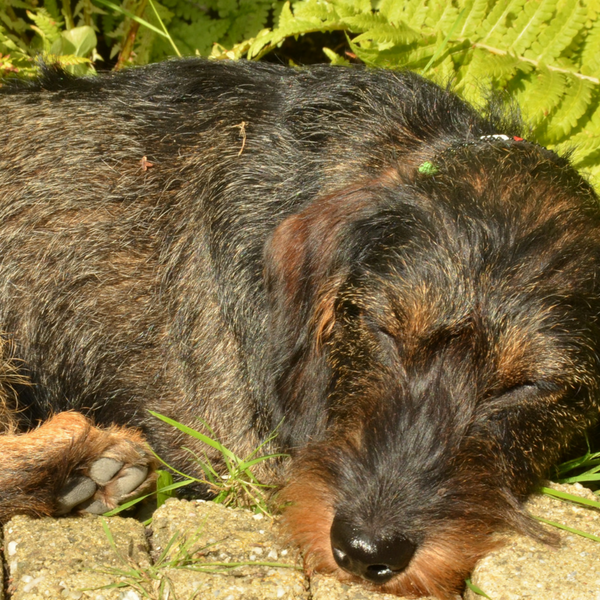
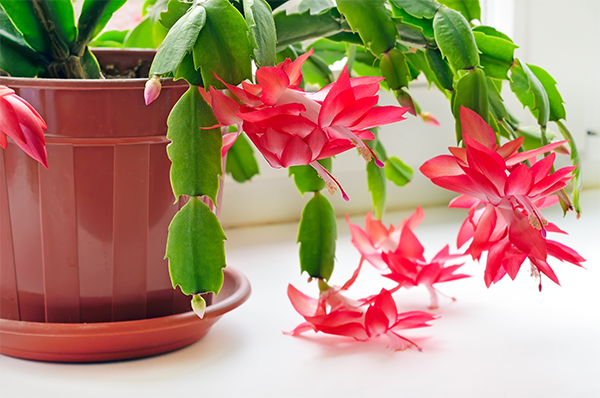
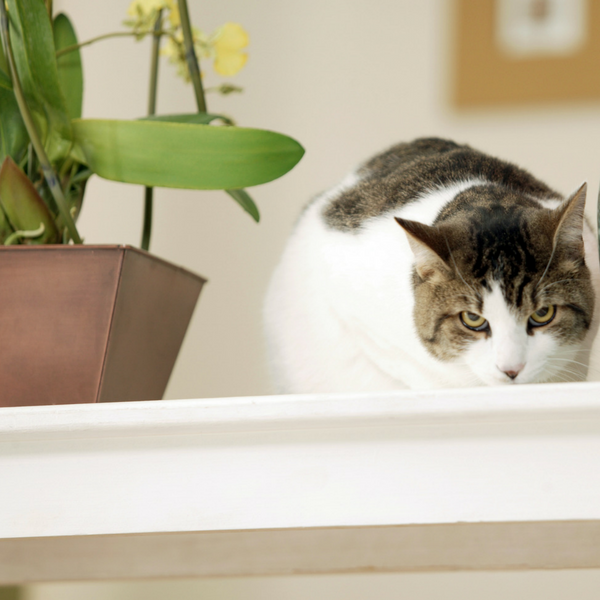
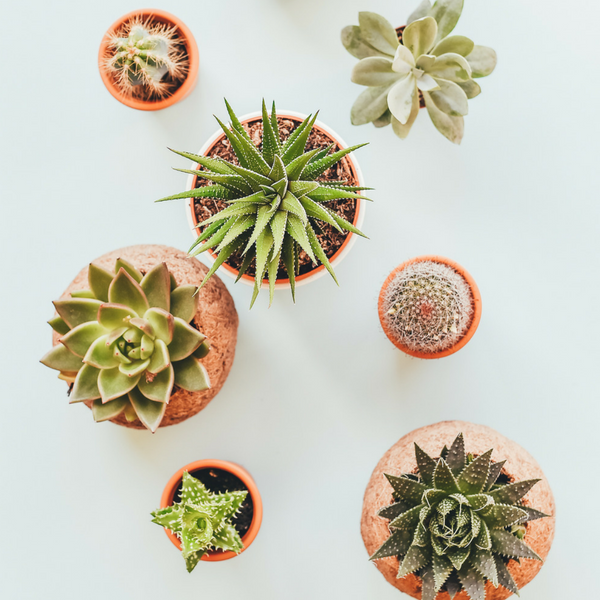
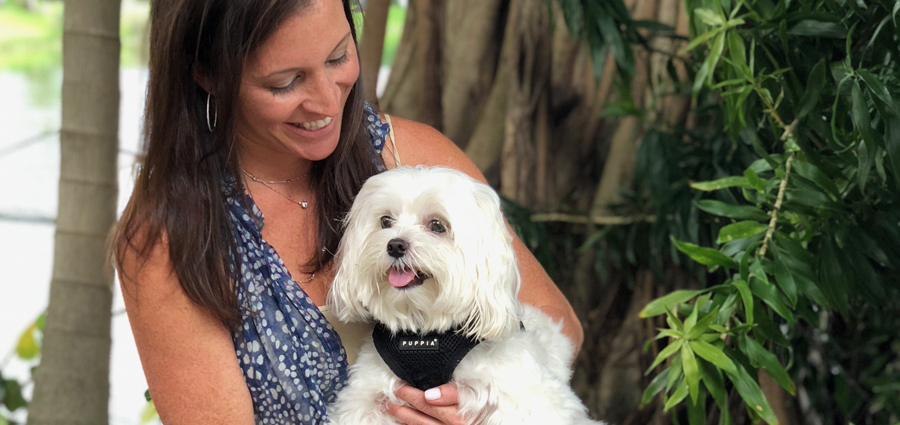
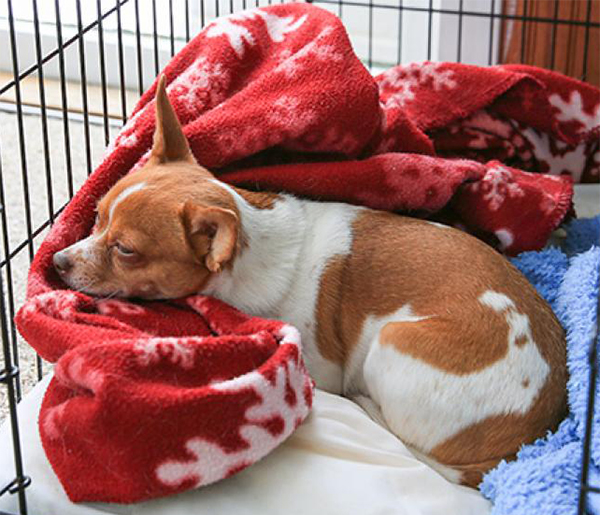

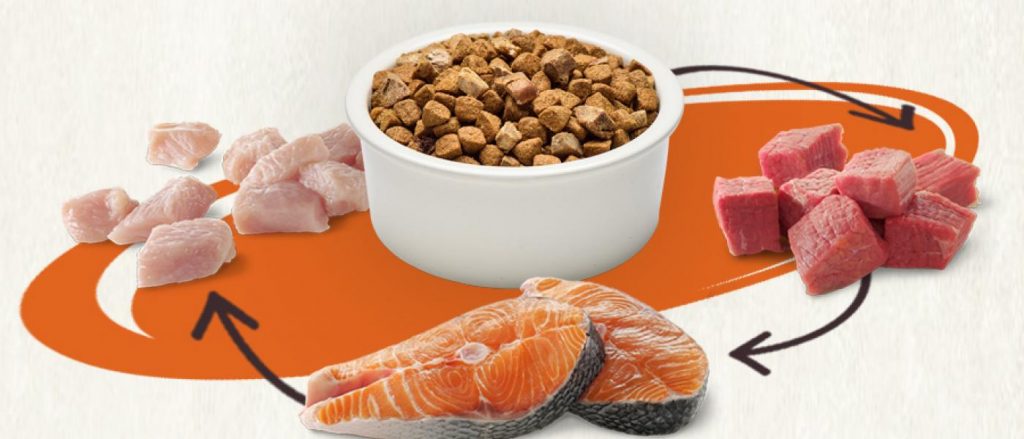



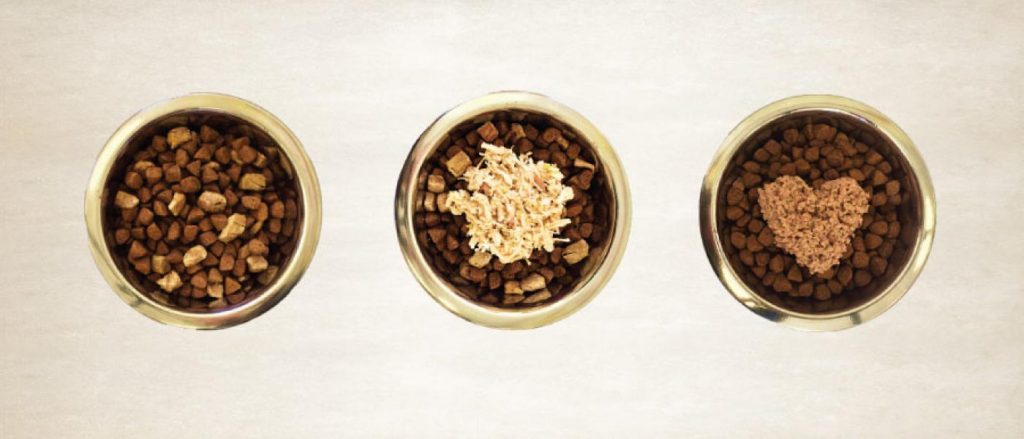

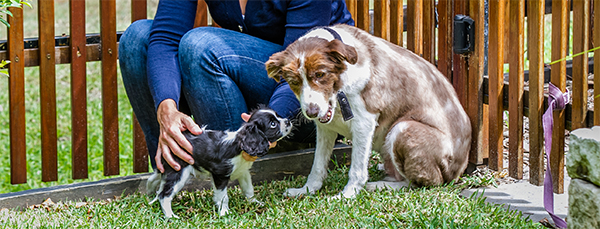
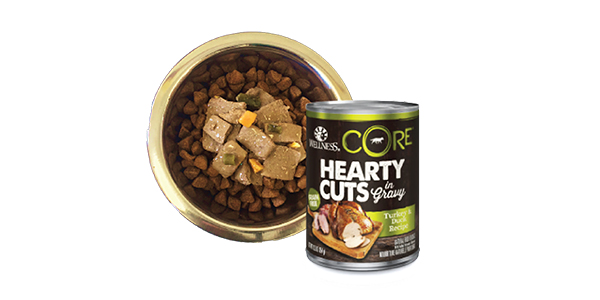
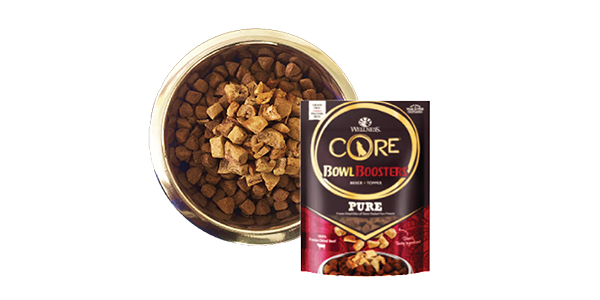
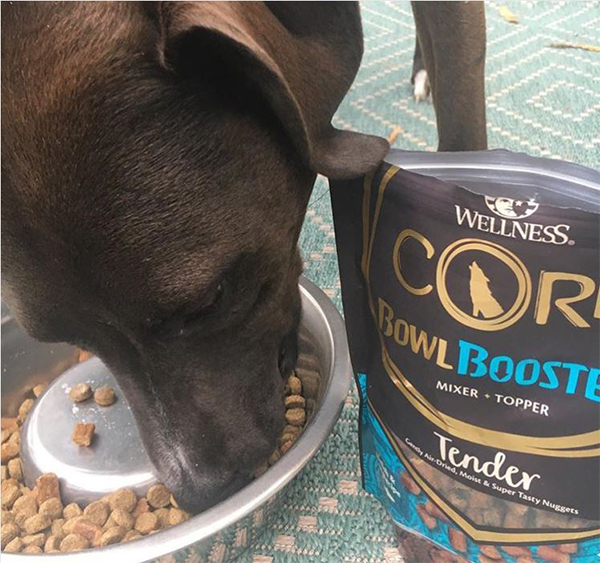

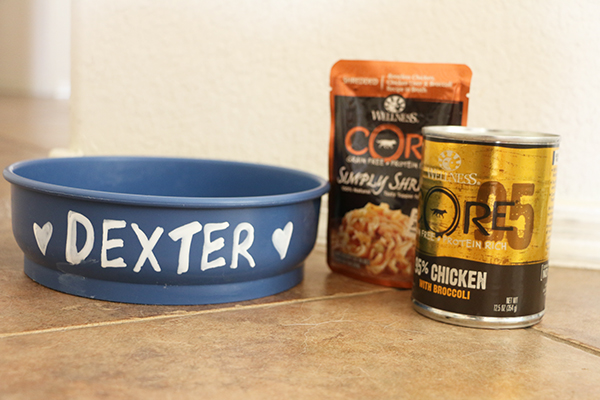
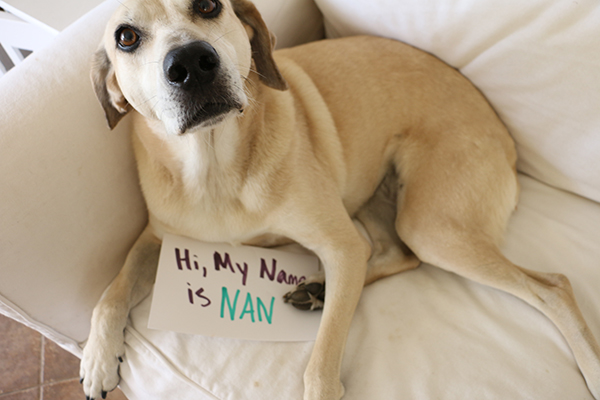 Next, there’s the inspiration for finding names. Some pet parents look at baby name books for ideas. You can do that as well as:
Next, there’s the inspiration for finding names. Some pet parents look at baby name books for ideas. You can do that as well as: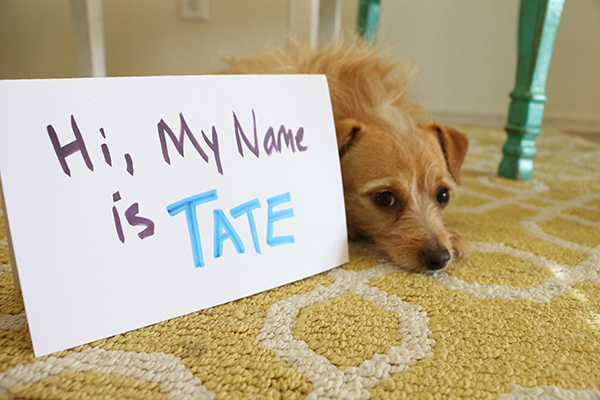 Sometimes, naming your pet isn’t a one-person job, and everyone in the family gets to weigh in. This is a great chance for everyone to get to know the new family member and for everyone in the family to feel like their opinions are of equal importance. However, it’s important to set ground rules. For example, if you’d rather not use adjectives as names (Shorty, Fuzzy, etc.), then make sure everyone knows that. If choosing as a family, to make it fair, either have everyone vote for their favorite name or draw one out of a fishbowl.
Sometimes, naming your pet isn’t a one-person job, and everyone in the family gets to weigh in. This is a great chance for everyone to get to know the new family member and for everyone in the family to feel like their opinions are of equal importance. However, it’s important to set ground rules. For example, if you’d rather not use adjectives as names (Shorty, Fuzzy, etc.), then make sure everyone knows that. If choosing as a family, to make it fair, either have everyone vote for their favorite name or draw one out of a fishbowl.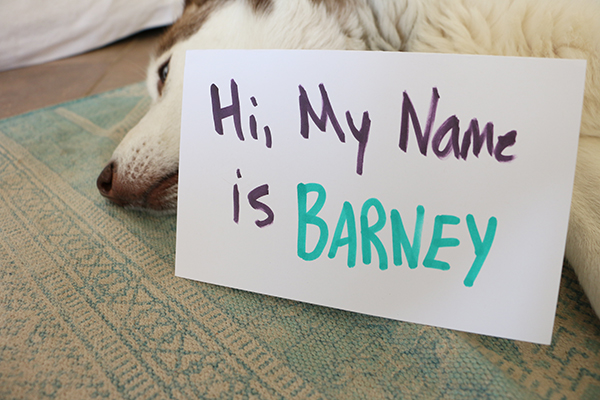 After you select a name or while you’re still considering one, test it on the pet. Practice calling your new cat or dog by the top name(s). As you do this, you might find that you prefer to use a nickname for that name (ex: Wolf instead of Wolfgang).
After you select a name or while you’re still considering one, test it on the pet. Practice calling your new cat or dog by the top name(s). As you do this, you might find that you prefer to use a nickname for that name (ex: Wolf instead of Wolfgang). 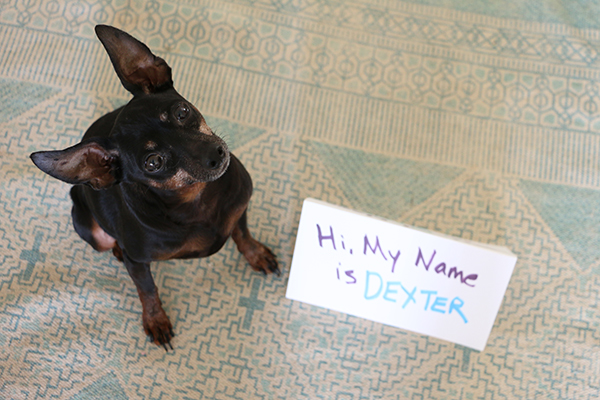 Picking the right name for your pet is important just as picking the right food.
Picking the right name for your pet is important just as picking the right food. 